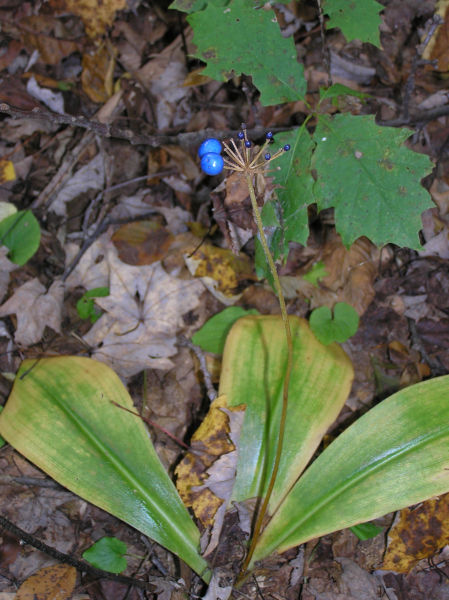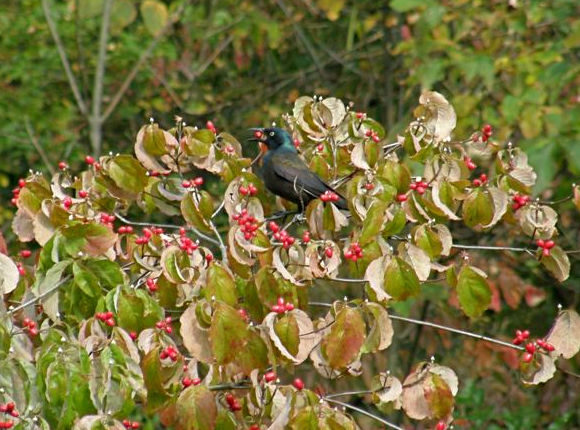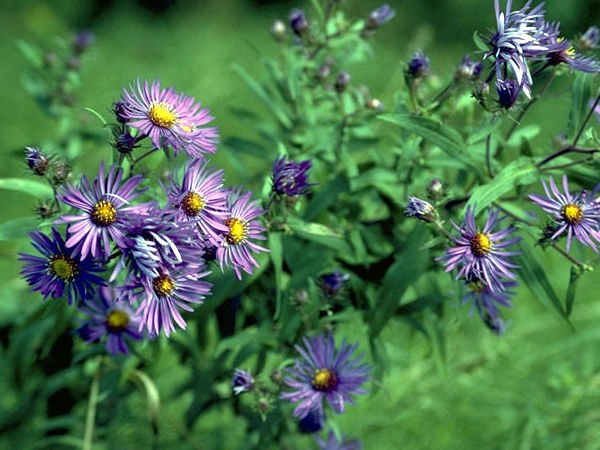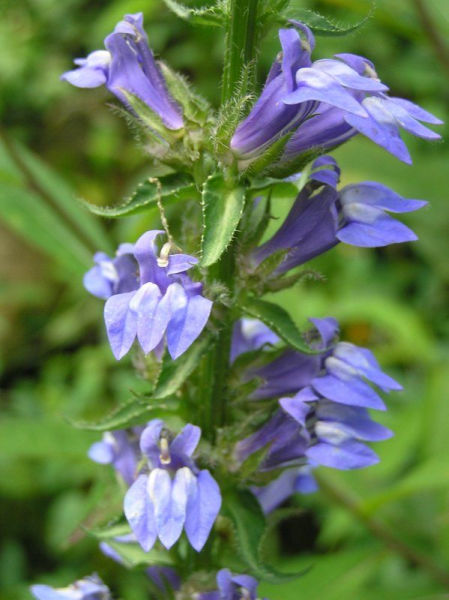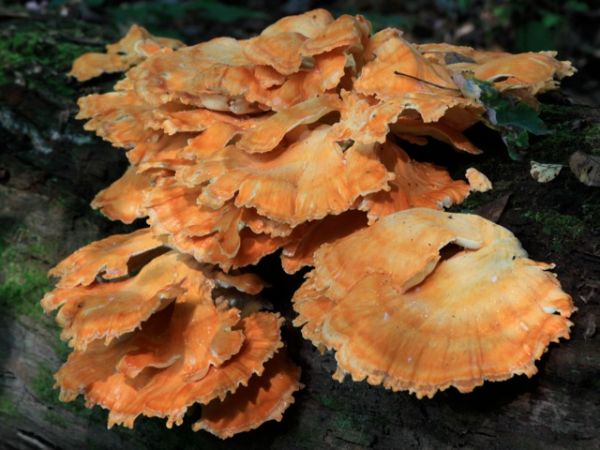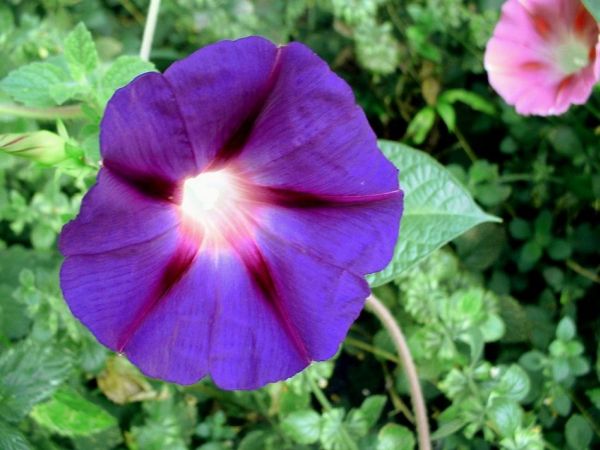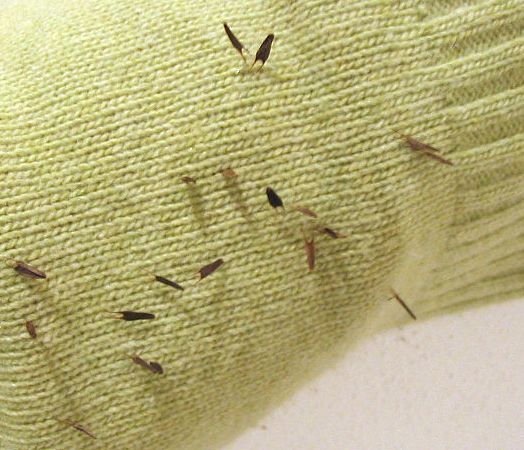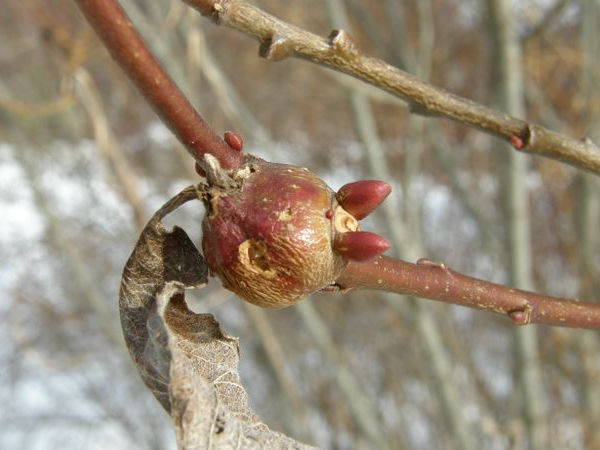
Now that we’ve had a hint of spring it’s tempting to look for signs of it in the garden even though our calendars and today’s weather still say “February.”
Pussy willows are a good place to look because they’ll soon have fuzzy buds, soft as kitten fur. But don’t be surprised if you find some odd growths on the willow branches. Here’s one of them.
This is a willow beaked-gall caused by the Willow Beaked-gall Midge, a fly as small as a gnat. The gall is a malformed willow growth, the beaks are the willow’s buds poking out of the gall.
Nearly a year ago the female Willow Beaked-gall Midge laid her eggs in the willow buds as they began to open in the spring. The chemicals produced by her eggs and by the larvae that hatched from them caused the willow’s cells to grow into this misshapen ball.
At first the gall was green but later it hardened and turned red. Meanwhile it houses the Willow Beaked-gall larvae over the winter. In early April they’ll emerge as adults to start the whole process over again.
These galls don’t hurt the plant but they sure are ugly.
(photo by Marcy Cunkelman)

